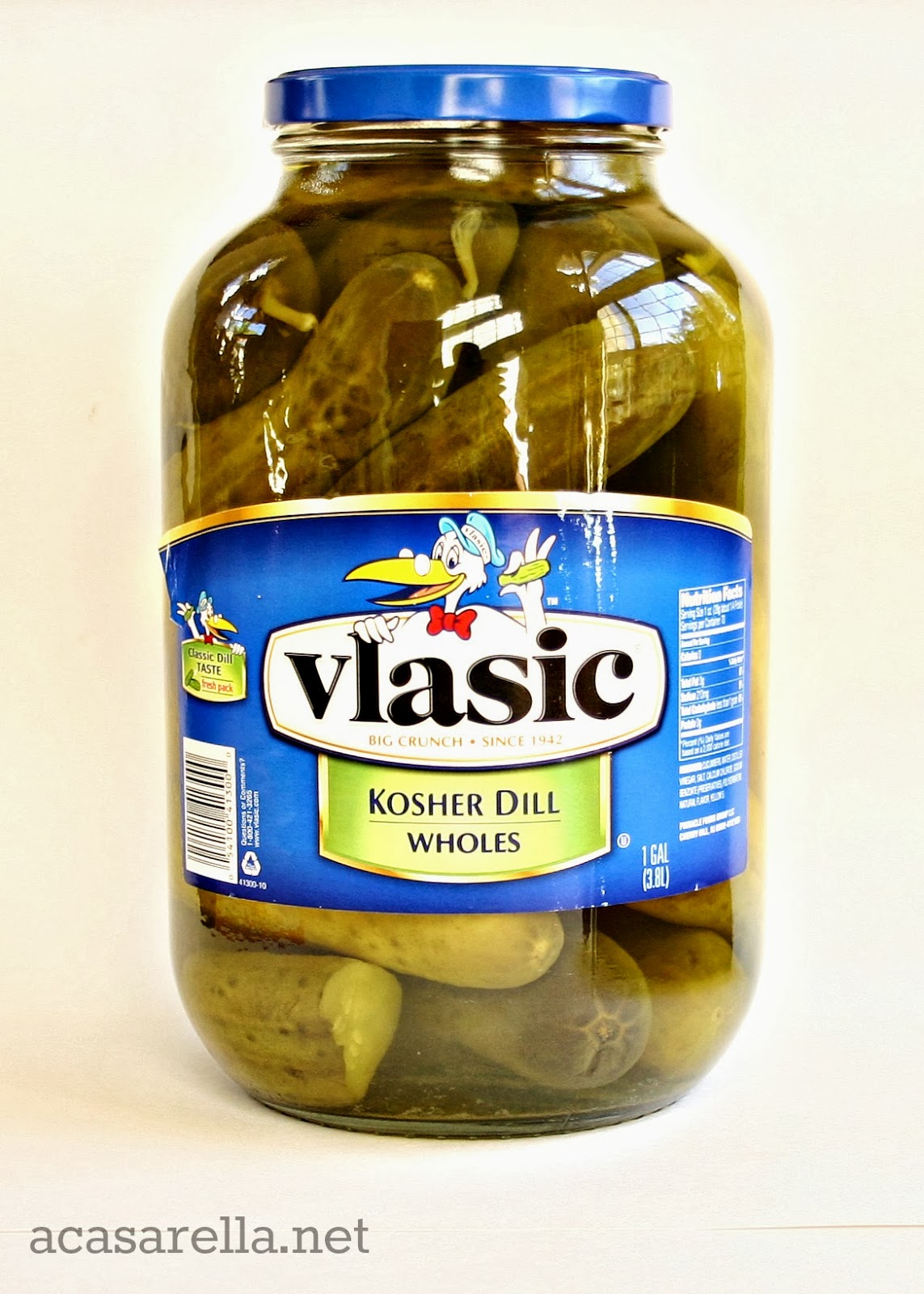That experiment was done with a Belgian Pale Ale, which implies it features the kind of flavours I'm generally trying to minimize in the first place (estery, cloves, banana), and his conclusion even admits elevated esters (even above what would already be expected in a Belgian) in the underpitched sample.
I prefer "clean" beers, and any "thinness" referenced in his crude experiment can easily be compensated for by a slight modification to the grain bill or mash temperature. I will continue to overpitch.

I'm curious about folks who claim to have a krausen within an hour or two. I've never had that, to my knowledge, but I'm not sure how I'd even know if I did. I aerate my wort with a Fizz-X rod which results in considerable foam (usually right up to the mouth of the carboy), which takes several hours, or even a couple of days, to subside. At a certain point, I notice little brown flecks (i.e., yeast) speckling the foam, and that's my confirmation that fermentation has begun, but that's usually not until at least 10-12 hours later.
How do you distinguish between residual aeration foam and active krausen?








